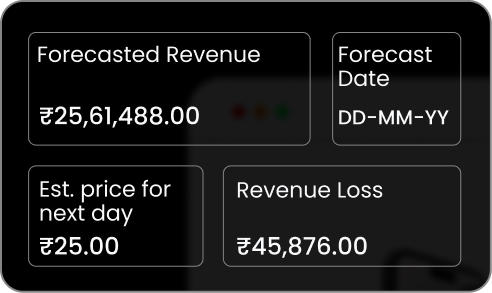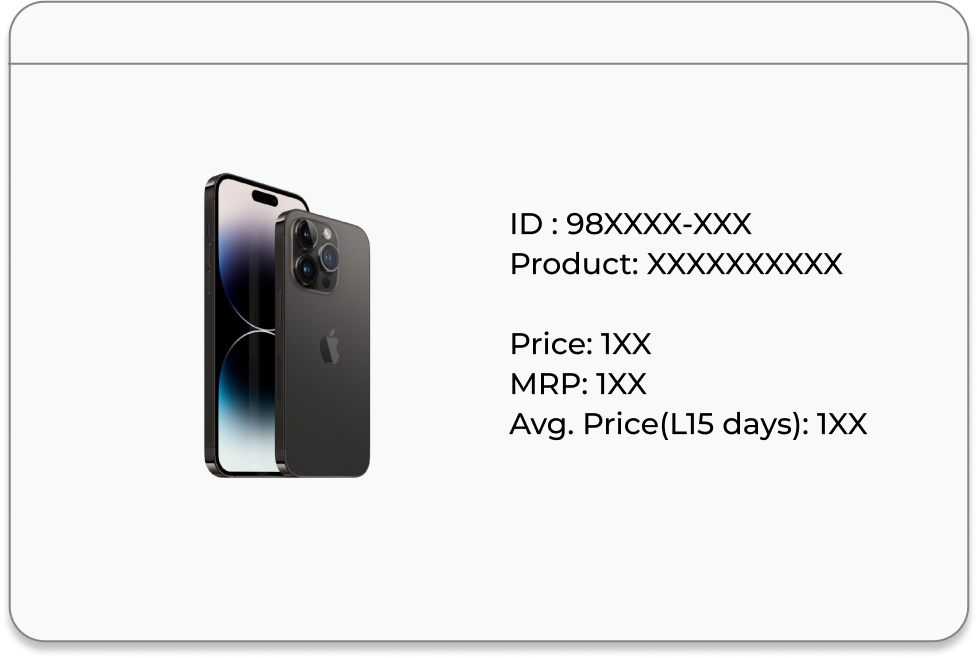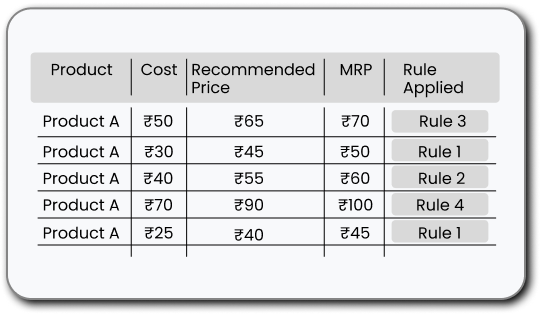-
Automated Pricing
Digital Shelf Analytics
Market Intelligence
- Competitive Price Monitoring
- Assortment & Availability
- Product Matching
- Strategic Competitive Position
Customer Data Analytics
Brand Protection
Sales & Inventory Analytics
- Contact Us
- About Us
-
Products

Automated Pricing

Digital Shelf Analytics
Market Intelligence
Sales & Inventory Analytics
- Resources
- Contact Us
- About Us
